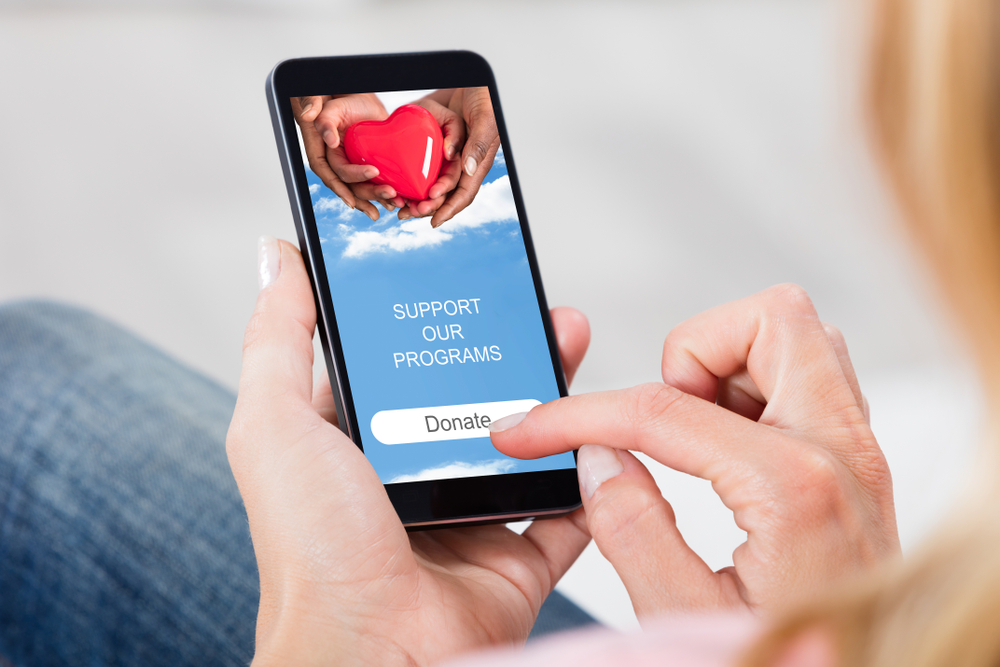All Blogs, Nonprofits
A Guide to Hosting Your First Fundraiser: Tips for Success

Hosting your first fundraising event can be an exciting venture for your nonprofit or organization. Whether it's an intimate cocktail party, a formal dinner, or a lively backyard barbecue, this guide will provide you with valuable insights on making your fundraising event a resounding success.
Here Are 5 Steps for Fundraising Success
1. Define Your Guest List
Begin by identifying who will be attending your fundraiser. Apart from your dedicated board members, consider forming a committee that includes past board members, volunteers, or friends of board members. Carefully curate your invite list to ensure that it aligns with the size of your network and the goals of your event.
2. Choose the Right Event Style
According to Indeed, the ideal venue depends on your audience and the type of fundraiser you want to have. Explore various venues within your chosen location to identify the best one for your occasion. Some businesses might extend discounts to back a charitable cause or nonprofit organization.
3. Plan Your Budget
From the onset, create a goal for your fundraising and a baseline budget for the event. It is critical for planners to know how much money it may take to cover the cost of the event and the goal of the fundraiser.
Next, develop a comprehensive budget that answers two key questions: How much do you aim to raise? What are the expected expenses?
To answer these, consider how many attendees are needed to achieve your fundraising goals then set realistic ticket prices based on what your network is willing to pay. When pricing tickets be aware that the sale of tickets is not usually the biggest contribution to fundraising.
Encourage your committee to explore community donations, such as food underwriting, silent auction items, or volunteer support to help manage costs and maximize profits.
4. Explore Additional Revenue Streams
Beyond ticket sales, organizational leaders should explore creative revenue opportunities. Some examples include raffles or merchandise sales like custom t-shirts. For larger, more formal events, nonprofits can incorporate silent/live auctions, raffles, and table purchases to increase fundraising potential. Additionally, nonprofits can reach out to corporations, local businesses, and individuals for program ad purchases or event sponsorship.
5. Post-Event Follow-Up
After the event, engage with your committee and guests to express appreciation. One effective way to express this is by sending thank-you letters that highlight the event's success and acknowledge in-kind donors. Beyond the event, nonprofits should maintain detailed records of auction winners and guest lists for future event invitations. The key to long lasting donor relationships is data collected event-to-event. Hold a post-event committee meeting to evaluate the fundraiser's outcomes, discuss improvements for the next year, and celebrate successes.
Get Started with The TASC Group
While fundraising is a primary goal, it's equally vital to use your event as an opportunity to raise awareness about your cause. Consider this event as an introduction to garner long-term support and contribute to the future growth of your organization. The TASC Group has played a key strategic role in organizing major nonprofit events and promoting organizational campaigns. With a holistic approach to media relations and strategic communication, TASC helps organizations amplify their story and reach new donors with media.

